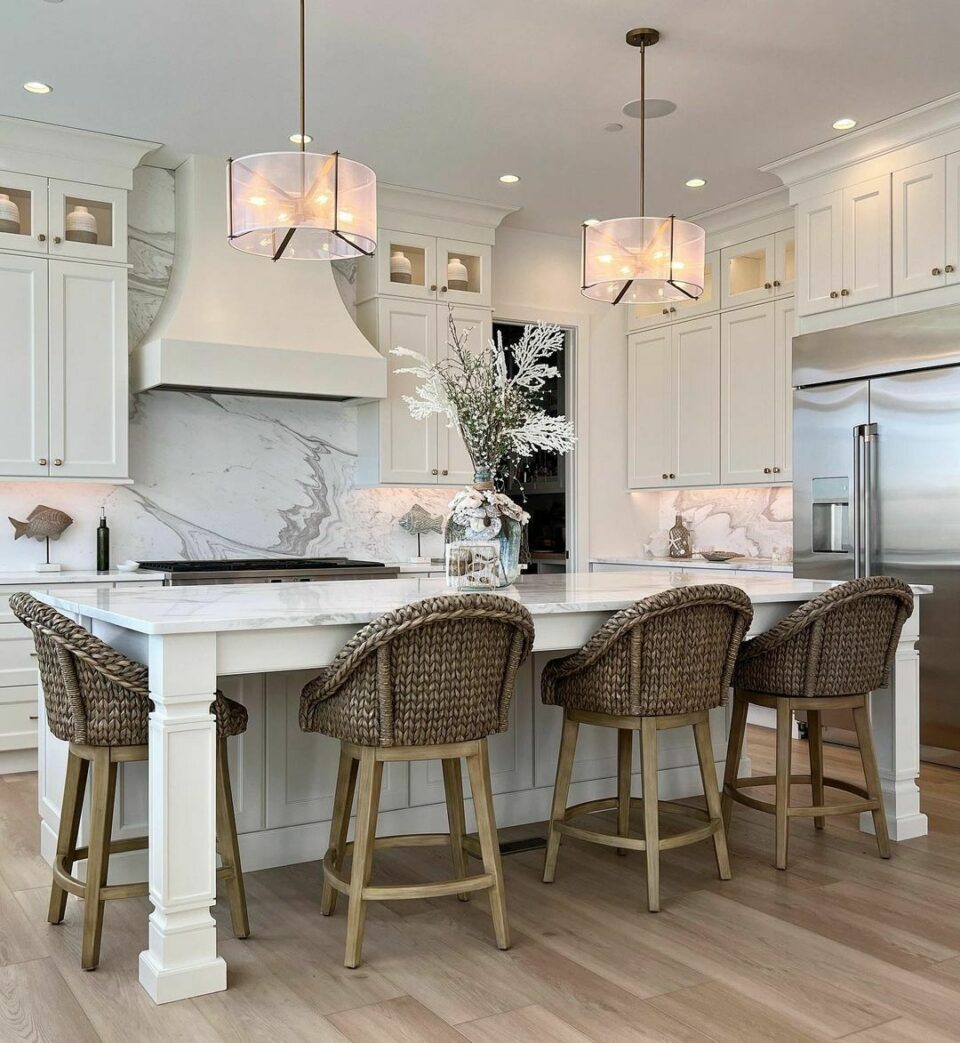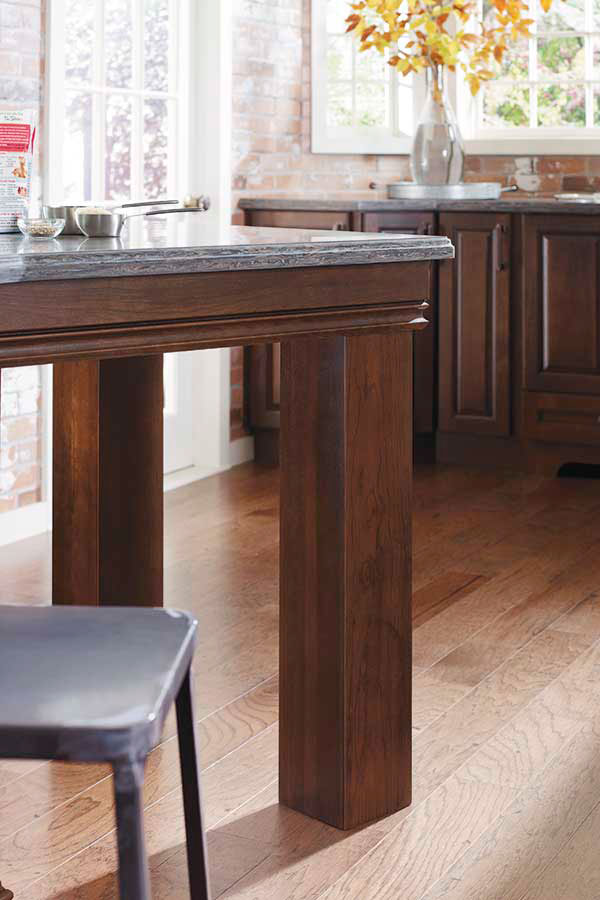Personalize Your Kitchen Look with Unique Legs For Kitchen Island Choices
Personalize Your Kitchen Look with Unique Legs For Kitchen Island Choices
Blog Article
Important Aspects to Consider When Picking Legs For Cooking Area Island
Choosing the ideal legs for a kitchen area island entails a careful assessment of multiple aspects that can significantly influence both capability and aesthetic allure. As we explore these components, it ends up being clear that each choice can have far-ranging effects for the total cooking area experience.
Material Options
When selecting legs for a kitchen area island, recognizing the different product alternatives is vital for attaining both visual appeal and architectural integrity (Legs For Kitchen Island). The option of material dramatically affects not only the sturdiness of the island yet also its general style and capability
Timber is a preferred choice, providing warmth and convenience. Strong woods, such as oak or maple, provide strength and can be stained or painted to match the kitchen decoration. Steel legs, usually made from stainless-steel or functioned iron, add a modern-day and commercial feeling while making certain durability and security. These products are immune to use and can support considerable weight, making them suitable for bigger islands.
An additional choice is engineered materials, like MDF or plywood, which can be more cost-efficient while still supplying a variety of coatings. They might not supply the same degree of stability as strong timber or metal. Legs For Kitchen Island. Last but not least, materials such as acrylic or glass can create a modern look, though they might require extra support to make certain stability.
Inevitably, the choice of product for kitchen area island legs need to line up with the wanted functionality and the total theme of the kitchen area.
Style and Style

When taking into consideration style, the form and finish of the legs are vital. Conical legs can offer a sense of lightness and elegance, while thicker, much more durable legs can share stamina and security. Additionally, the finish-- be it repainted, discolored, or natural-- need to enhance the cabinetry and kitchen counter products to produce a unified look.
In addition, the layout of the legs can additionally show personal preference. Custom or ornamental legs, such as those including elaborate carvings or distinct geometric forms, can function as focal factors, adding personality and individuality to the kitchen area. Ultimately, the ideal choice will certainly not only enhance functionality yet additionally elevate the visual appeal, making the cooking area island a standout function of the home.
Height Considerations
Picking the appropriate elevation for cooking area island legs is crucial, as it straight influences both performance and convenience. The conventional elevation for a kitchen area island generally varies from 36 to 42 inches, aligning with common counter top elevations. A 36-inch height is excellent for food prep work and cooking, enabling comfortable use cooking area home appliances and tools. have a peek here Conversely, a height of 42 inches is often favored for islands planned for bar seating, suiting taller feceses and offering a laid-back eating experience.

It is additionally vital to make up customers' elevations and choices. Personalizing the elevation can ensure a comfy experience for all member of the family, making the cooking area island a more enjoyable and useful room.
Weight Assistance
Making certain appropriate weight assistance for kitchen island legs is important for both safety and security and capability. The kitchen area island frequently serves multiple functions, including food preparation, dining, and additional storage space, requiring a robust support framework. When selecting legs, it is essential to consider the general weight capability needed based on the island's meant use and the products that will certainly be positioned on it.
The option of material for the legs plays a significant duty in their weight-bearing abilities. Strong timber, metal, and durable composites typically provide exceptional toughness contrasted to lighter materials. Furthermore, the style of the legs-- whether they are directly, tapered, or have a pedestal kind-- can affect their ability to disperse weight efficiently throughout the structure.
In addition, the leg placement should be tactically prepared to enhance security. Legs positioned at the corners or with a larger base can much better sustain reference heavier lots. Always speak with the supplier's specs pertaining to load limitations to make certain that the legs can sustain the intended weight without endangering safety. In summary, picking cooking area island legs with adequate weight assistance is important for producing a secure and useful culinary room.
Installment and Maintenance
Proper installment and upkeep of kitchen island legs are essential for ensuring long life and security. To begin, it is vital to adhere to the maker's standards throughout setup. This often entails safeguarding the legs to the space station making use of suitable fasteners, guaranteeing that the legs are degree and aligned. Making use of a degree device can aid stop wobbling and improve the general aesthetic allure of the cooking area island.
When set up, routine maintenance is needed to protect the honesty and appearance of the legs - Legs For Kitchen Island. For wooden legs, routine cleaning with a wet towel and application of ideal timber polish can stop moisture damage and maintain their coating. Steel legs might require a mild cleansing service to get rid of grease and grime, adhered to by a completely dry cloth to stop corrosion development
Additionally, inspect the legs routinely for indications of wear or damage, such as splits or loosened joints. Tightening up screws or bolts as needed can likewise prolong the life expectancy of the legs. By adhering to these installation and maintenance methods, house owners can ensure that their kitchen area island stays strong and aesthetically appealing for several years to come.
Final Thought

Visual coherence is vital in picking the style and layout of legs for a cooking area island, as these components considerably affect the total setting of the room. Conical legs can give a sense of lightness and sophistication, while thicker, extra durable legs can share toughness and security.Choosing the proper height for cooking area island legs is vital, as it directly impacts both capability and click for source comfort. In recap, choosing cooking area island legs with adequate weight assistance is necessary for developing a risk-free and useful cooking area.
In final thought, selecting legs for a kitchen area island necessitates cautious consideration of numerous aspects, consisting of product choices, design, elevation, weight support, and installation.
Report this page